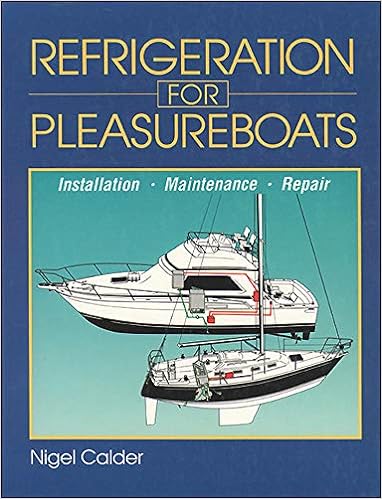Bustlebomb
Senior Member
- Joined
- Feb 2, 2014
- Messages
- 147
- Location
- USA
- Vessel Name
- Snooker (for now.....)
- Vessel Make
- 1981 34 Californian LRC
I’ve got a dilemma.
Currently, I have an older cold plate system on my boat. The 110v compressor (a Copeland) works but there is a leak somewhere in the lines that doesn’t allow me to keep coolant in it for more than a couple of months. Add to that the fact that the icebox is completely worn out. It fills with frost when used as it has multiple cracks in the interior that allow air/moisture into the box. It also allows moisture to get into the foam insulation which I’m sure by now is probably soaked and not insulating very well.
In order for me to get the system running correctly, I need to replace the lines and rebuild the box. Replacing the lines is doable but I have no experience building a refrigerator box. Anyone ever built one?
In my garage, I have an almost brand new isotherm refrigerator (12 V/110). To install this would be simpler and would merely require some modifications to the cabinet and installation of a vent.
I’m on the fence here as to what to do and thought I would seek some feedback.
Thanks.
Currently, I have an older cold plate system on my boat. The 110v compressor (a Copeland) works but there is a leak somewhere in the lines that doesn’t allow me to keep coolant in it for more than a couple of months. Add to that the fact that the icebox is completely worn out. It fills with frost when used as it has multiple cracks in the interior that allow air/moisture into the box. It also allows moisture to get into the foam insulation which I’m sure by now is probably soaked and not insulating very well.
In order for me to get the system running correctly, I need to replace the lines and rebuild the box. Replacing the lines is doable but I have no experience building a refrigerator box. Anyone ever built one?
In my garage, I have an almost brand new isotherm refrigerator (12 V/110). To install this would be simpler and would merely require some modifications to the cabinet and installation of a vent.
I’m on the fence here as to what to do and thought I would seek some feedback.
Thanks.

